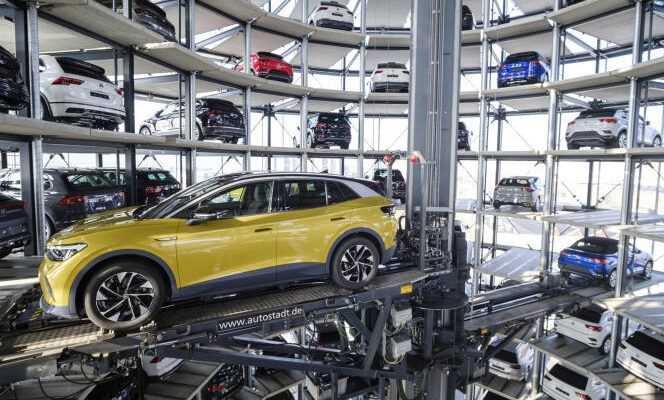Stock prices, like trees, never rise to the sky, the financiers profess. When it comes to SUV sales, the automotive world still reserves its judgment. For more than ten years, the market share of these models has been growing inexorably. In France, these “fake 4 × 4s” represented 41% of registrations (or 637,000 sales) in February 2021, against 9% in 2011. According to the JATO firm, the proportion even climbs to 44% in the Europe of the Twenty- Seven. “The success is global and, looking towards the middle of the decade, we do not see what could change the trend. These vehicles still have good years of growth ahead of them ”, says Lorraine Morard, from IHS Markit.
What is striking about the phenomenon of sport utility vehicle (literally “sport utility vehicle”), a concept imported from the United States, it is less its scale and its persistence than its paradoxical dimension. A form of schizophrenia seems to have seized the automotive industry, but also consumers: the more environmental standards become tougher, the more SUVs, the less fuel-efficient vehicles given their mass, are acclaimed.
Designated for popular vindictiveness by environmental organizations, doomed to moaning by the Citizen’s Climate Convention, these cars are not all over-consumption monsters. Still, the difference with a comparable sedan is far from negligible. According to the NGO Transport & Environment, the carbon dioxide emission differential varies between 11% for a small model and 26% for a top of the range.
“An essential source of income”
“The SUV-mania covers an eminently psychological dimension”, considers Marco Fioravanti, head of product planning at Nissan Europe, which has just renewed the pioneer Qashqai. “Both their appearance and the elevated driving position provide a sense of protection, a sense of security that seems highly sought after in today’s society. “ Insulating yourself above traffic in a tall car requires a vertical architecture that does little to promote aerodynamics and weight gain. On the other hand, there is no shortage of space to accommodate battery modules between the axles without encroaching on the living space or the boot volume.
The profitability of the SUV would be, according to the firm AlixPartners, 20% higher on average than that of a sedan
You have 63.04% of this article to read. The rest is for subscribers only.
